Looking to the Future
Highlights
Scroll below the selected highlights for the full set of indicators.

Revolutionizing Energy Efficiency
Digitalization, and the evolution of new smart technologies utilizing artificial intelligence, grid edge, cloud, and internet of things technologies are revolutionizing many industries, including energy efficiency.

Control and Connectivity
Smart appliances and building automation market penetration are projected to continue to grow. In the residential sector alone, control and connectivity are expected to be included in half of new construction by 2023.

Untapped Potential
As a foundational tool for decarbonization, energy efficiency still has enormous untapped potential, and could reduce U.S. greenhouse gas emissions by 50% by 2050.
58
Digitalization
Over the last five years, the global stock of connected appliances, sensors and devices has grown by roughly 33% annually, reaching around 9 billion in 2021
Source: IEA (2021), Digitally Enabled Automation Devices
DETAILS
Digitalized technologies signal ample opportunities for greater optimization of energy use to time- and location-dependent needs. In fact, in 2021, the stock of connected appliances, sensors and devices overtook the number of people on planet Earth. Over the last five years, the stock of connected appliances, sensors and devices has grown by roughly 33% annually, reaching around 9 billion in 2021. Smart meters, sensors and other IoT (Internet of Things) devices were expected (as of mid-2021) to hit 7.5 billion devices. For connected lighting, the number was 800 million; for audio, 200 million; appliances 100 million; space conditioning, also 100 million; water heating at 40 million; street lighting at 33 million and cooking at 30 million connected devices.1
Grid-interactive efficient buildings (GEBs) are energy efficient buildings with smart technologies characterized by the active use of distributed energy resources (DERs) to optimize energy use for occupant needs, preferences, grid services, and cost reductions in a continuous and integrated way. In doing so, GEBs can play a key role in promoting greater resilience, environmental performance, affordability, and reliability throughout the U.S. electric power system.
Over the course of the next two decades, national adoption of GEBs could be worth between $100 to $200 billion in U.S. electric power system cost savings. By shifting and reducing the timing of electricity consumption, GEBs could decrease CO2 emissions by 80 million tons per year by 2030, or 6% of total power sector CO2 emissions. To put that in perspective, that is more than the annual emissions of 50 medium-sized coal plants, or 17 million cars.2
59
Energy Efficiency Can Cut Energy Use and Greenhouse Gas Emissions in Half
Energy efficiency can reduce greenhouse gas emissions by 50% by 2050
Source: ACEEE (2019), Halfway There: Energy Efficiency Can Cut Energy Use and Greenhouse Gas Emissions in Half by 2050
Source: ACEEE (2019), Halfway There: Energy Efficiency Can Cut Energy Use and Greenhouse Gas Emissions in Half by 2050
DETAILS
Through an analysis of the potential of 11 different energy efficiency opportunities, ACEEE estimates that energy efficiency could could reduce projected U.S. energy consumption and projected greenhouse gas emissions by about 50% by 2050 (and even greater carbon dioxide reductions, as shown in the line graph). ACEEE also finds that almost all the savings could be achieved through government policies and programs (pie chart). The policies and programs can provide more than $700 billion worth of savings in 2050.3

